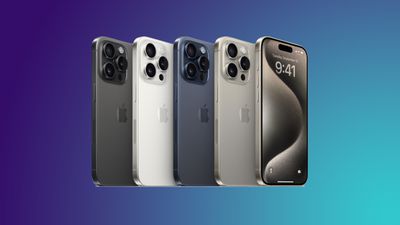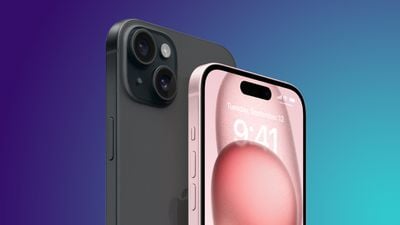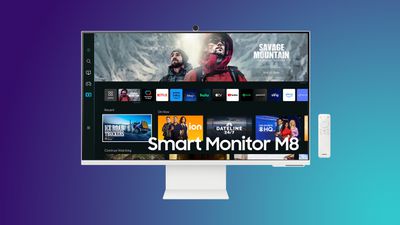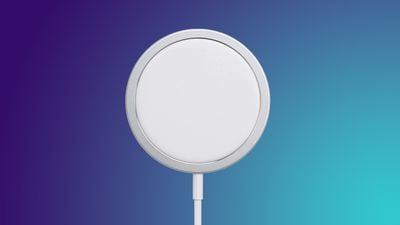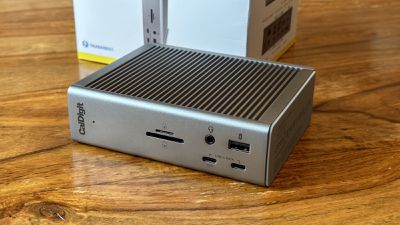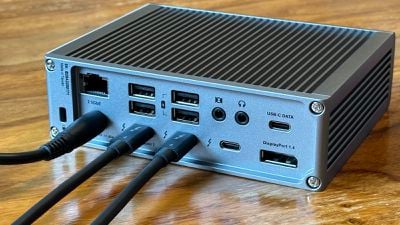What a week! Things are finally beginning to settle down after a flurry of announcements at Tuesday's event involving the usual suspects of iPhone and Apple Watch. All of the new hardware is now available to order, with launches happening next Friday.
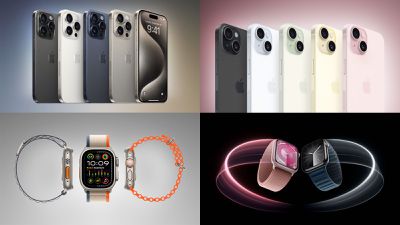
Don't forget about Apple's software updates, with iOS 17, watchOS 10, and tvOS 17 all coming on Monday and macOS Sonoma debuting on September 26. Read on below for all the details on the biggest announcements from this week's event!
Everything Announced at Apple's Event in Six Minutes
Apple hosted its annual iPhone event this week, and it was packed with announcements as usual. New products unveiled include the iPhone 15, iPhone 15 Plus, iPhone 15 Pro, iPhone 15 Pro Max, Apple Watch Series 9, Apple Watch Ultra 2, and USB-C AirPods Pro.
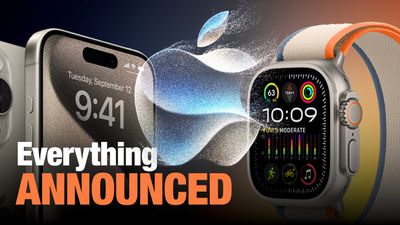
There are also new iPhone cases and Apple Watch bands with a "FineWoven" material instead of leather, wired EarPods with a USB-C connector, and several other new accessories, so be sure to check out our recap of everything announced at Apple's event to learn more.
Apple Announces iPhone 15 Pro With Titanium Design, Action Button, A17 Pro Chip, and More
As widely expected, the iPhone 15 Pro models are equipped with a USB-C port instead of Lightning, providing users with a more universal charging standard and faster data transfer speeds up to 10 Gbps.
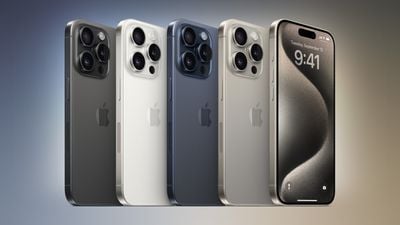
Other new features for the Pro models include a lightweight titanium frame, the A17 Pro chip, a customizable Action button, slimmer bezels around the screen, Wi-Fi 6E support, increased RAM, and more.
Apple Announces iPhone 15 and iPhone 15 Plus With USB-C Port, Dynamic Island, and More
The lower-end iPhone 15 and iPhone 15 Plus models also feature a USB-C port, and the Dynamic Island first added to iPhone 14 Pro models last year.
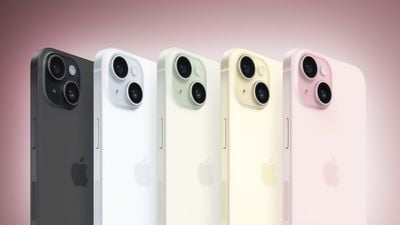
Other new features for the iPhone 15 and iPhone 15 Plus include an upgraded 48-megapixel main camera lens with a new 2x Telephoto zoom option, the A16 Bionic chip, a frosted glass back, brighter displays, a second-generation Ultra Wideband chip, and more.
Apple Watch Series 9 Unveiled With S9 Chip, 'Double Tap' Gesture, and More
The next-generation Apple Watch Series 9 is official, with new features including a faster S9 chip, a "Double Tap" gesture for interacting with the watch without touching the screen, an increased 64GB of storage, a pink color option for the aluminum case, a brighter display, faster on-device Siri, Precision Finding for iPhone, and more.
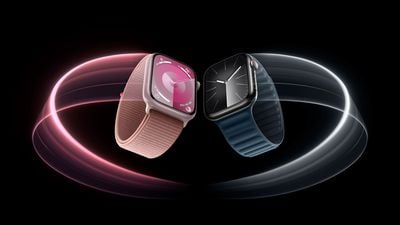
For the first time, Apple said customers can choose a carbon-neutral variant of any Apple Watch.
Apple Watch Ultra 2 Features Faster S9 Chip, Brighter Display, and More
Apple Watch Ultra 2 is here, with a handful of new features added, including the same S9 chip and Double Tap gesture from the Series 9, a brighter display with peak brightness of 3,000 nits, expanded altitude range, and more.
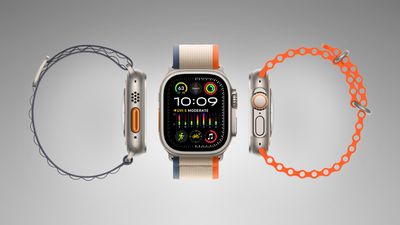
Unfortunately, the rumor that the Apple Watch Ultra 2 would be available in a new Black Titanium finish was incorrect, with only Natural Titanium offered.
Apple Introduces Updated AirPods Pro and EarPods With USB-C and More
In addition to the iPhone 15 models getting a USB-C port, Apple announced that the second-generation AirPods Pro are now available to order with a USB-C charging case for $249, and the wired EarPods headphones now come in a USB-C version as well.

On an accessory-related note, Apple discontinued the MagSafe Battery Pack and MagSafe Duo Charger, both of which used Lightning, following the iPhone 15 event.
MacRumors Newsletter
Each week, we publish an email newsletter like this highlighting the top Apple stories, making it a great way to get a bite-sized recap of the week hitting all of the major topics we've covered and tying together related stories for a big-picture view.
So if you want to have top stories like the above recap delivered to your email inbox each week, subscribe to our newsletter!


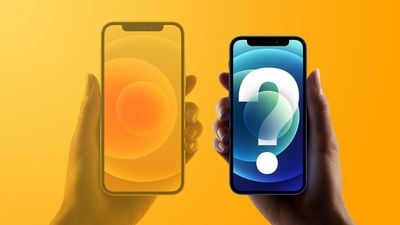
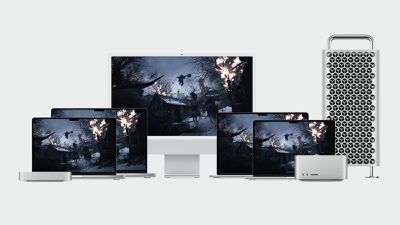
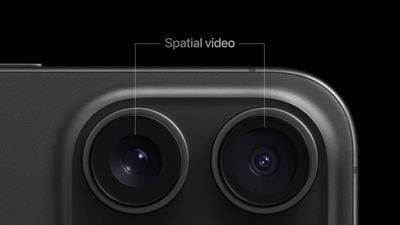

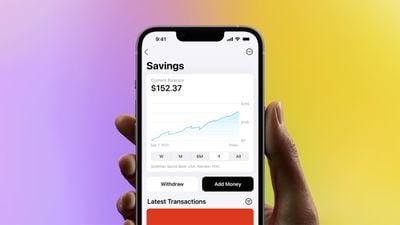
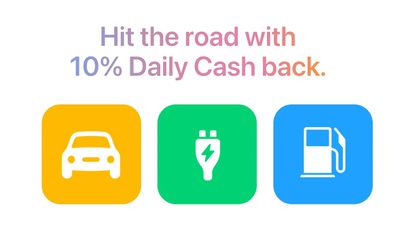

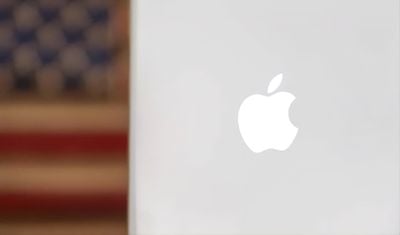
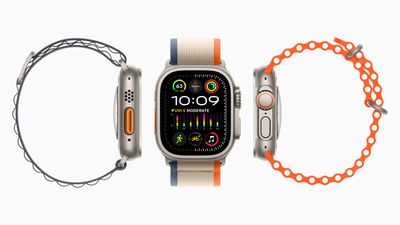
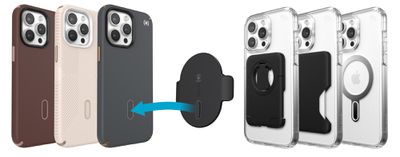
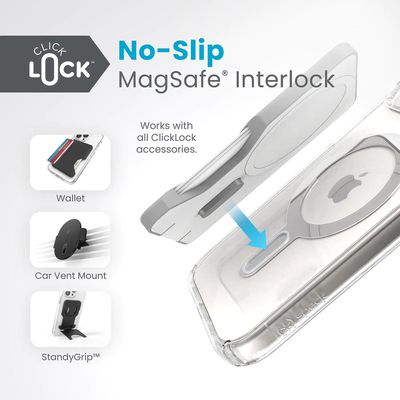
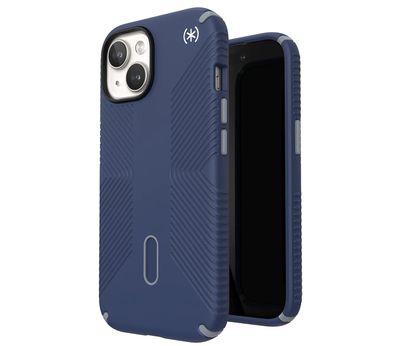


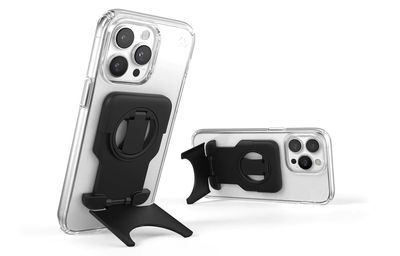
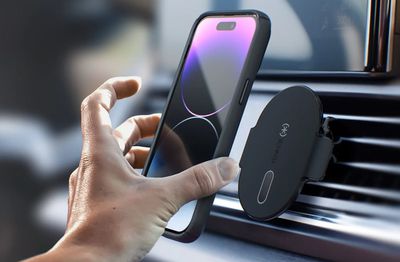

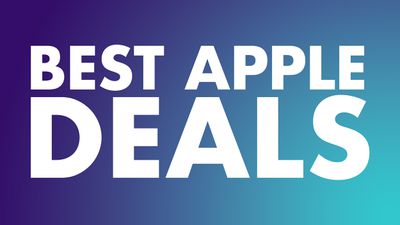 Note: MacRumors is an affiliate partner with some of these vendors. When you click a link and make a purchase, we may receive a small payment, which helps us keep the site running.
Note: MacRumors is an affiliate partner with some of these vendors. When you click a link and make a purchase, we may receive a small payment, which helps us keep the site running.